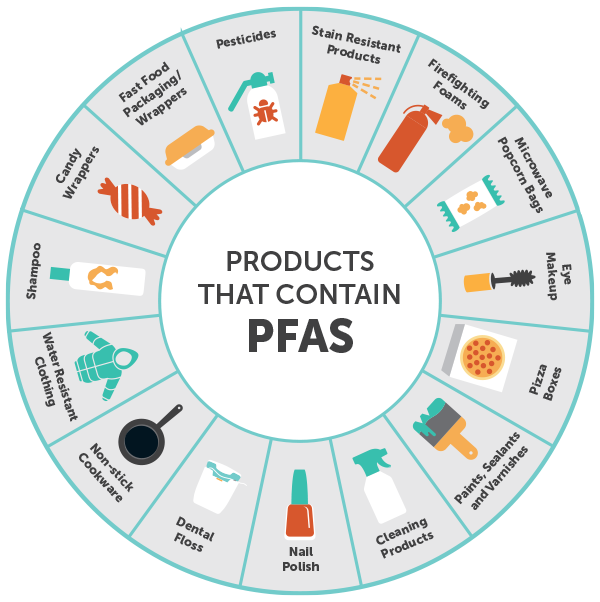Fluorination
We specialize in the fluorination of materials using both traditional reactors and cutting-edge microreactor technology. Our expertise extends to the development of advanced anodes for electrochemical cells (LiFt Energy), optimizing their stability and efficiency. Additionally, we focus on the synthesis of fluorinated fullerenes, such as C₆₀F₄₈, which offer unique properties for electronic applications.
Fluoride-Ion batteries
Fluoride ion batteries are an emerging energy storage technology that uses fluoride ions (F⁻) instead of lithium ions. They offer potential benefits such as higher energy density and better thermal stability, with the possibility of addressing some of the limitations of current battery technologies.
